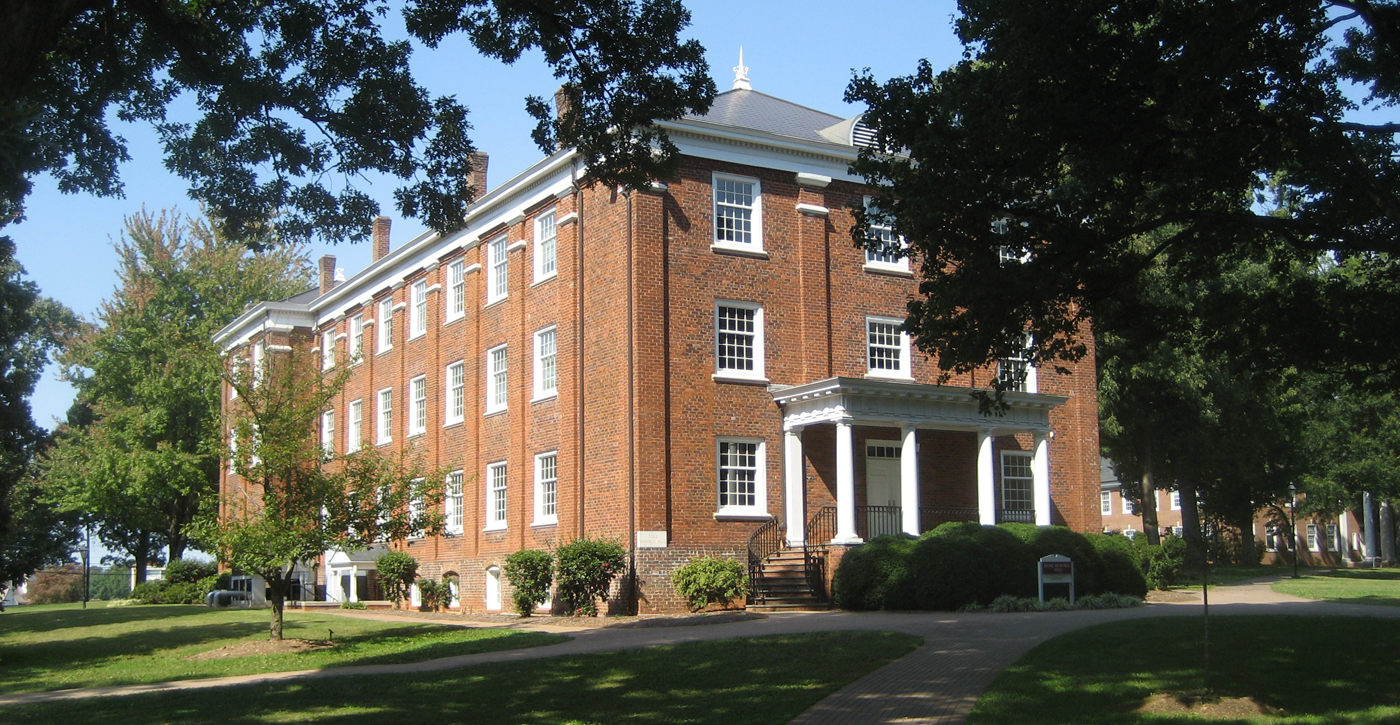Guilford College could lose its accreditation due to financial problems, according to a December 2024 disclosure statement by the Southern Association of Colleges and Schools Commission on Colleges (SACSCOC), the agency that accredits the school.
The Quaker college in Greensboro, N.C., projects a balanced operating budget for fiscal year 2025, but the accrual budget, which includes non-operating expenses such as depreciation of property values, is not yet balanced, according to Jean Parvin Bordewich, acting president of the college. SACSCOC requires both budgets to be balanced.
Fiscal year 2025 ended June 30 and fiscal year 2026 began July 1, explained Ty Buckner, Guilford’s chief communications officer. An audit is scheduled for fall of 2025.
On June 30, Guilford laid off eight employees, approximately three percent of its workforce, according to Bordewich and Buckner.
More layoffs are planned, according to Max Carter, former William R. Rogers Director of Friends Center and Quaker Studies at the college, which has about 1,100 students and was founded in 1837. The current cuts were to staff in housekeeping and grounds, Carter noted. Carter is a trustee of Friends Publishing Corporation, publisher of Friends Journal.
The move comes as part of an overall plan to save the school’s accreditation. The scheme would save $376,000 in employee compensation costs in fiscal year 2025 and an estimated $1.8 million in fiscal year 2026, according to a May statement from the acting president. Attrition, early retirements, not replacing employees who have resigned, and cuts to work hours are also part of the effort.
Colleges that lose their accreditation become ineligible for federal student aid, which typically leads to closure.
Guilford has eliminated all vice president positions, which will save several hundred thousand dollars annually, according to Bordewich. Two vice presidents resigned and the third was transferred to another role.
The college is currently on probation for good cause; the SACSCOC will decide in December whether it will lose its accreditation, according to the 2024 disclosure statement. SACSCOC agreed to let the school continue on probation rather than revoke its accreditation because the agency’s trustees determined that the college had taken important recent steps to address its lack of compliance with SACSCOC’s fiscal standards. SACSCOC also expects all deficiencies in the college’s finances to be fixed by the end of 2025.
“Probation is the most serious public sanction imposed by the SACSCOC Board of Trustees short of loss of accreditation,” the disclosure statement reads.
Other colleges that SACSCOC oversees have been in similar situations and have recovered, but it is too early to predict whether Guilford will maintain its accreditation, according to Janea Johnson, public relations and data specialist for SACSCOC.
“There would not be another decision made before December,” Johnson said.
In addition to cutting labor costs, the college plans to generate revenue from a piece of forest that it owns. The school will establish a conservation easement that would protect 120 acres of woodland owned by the college, known as Guilford Woods, Bordewich explained. As part of a recently signed pact, Piedmont Land Conservancy (PLC) will pay the college for development rights. PLC intends to raise $8.5 million by the end of 2027. The conservancy plans to use much of the money to purchase the rights from Guilford. The easement permanently preserves 120 acres of woodland from development, according to a PLC press release. It links the tract to the 100-acre Julian and Ethel Clay Price Park, also protected by the conservancy.
“The intent is for this historic and environmentally significant property in a rapidly developing part of the city to be a sanctuary and resource open to local residents and visitors as well as the Guilford community,” Bordewich said. Currently the land is used by the Guilford College community for outdoor education and recreation.
The college raised $6.2 million in cash this year, exceeding its goal of $5 million, Carter noted after attending a July 9 community Zoom meeting about Guilford’s efforts to remedy its financial difficulties. More than 2,000 alumni donated to the school.
The college also plans to recruit more students from outside North Carolina while continuing to emphasize liberal arts and Quaker values, according to Carter.
Guilford experienced a previous financial crisis five years ago that was exacerbated by the Covid pandemic. In 2020, college officials planned to address the financial problems by eliminating half the school’s majors, laying off 30 percent of the faculty, and cutting 9.5 staff positions, Friends Journal reported. The Save Guilford College alumni group collected more than 1,000 signatures on a petition opposing the cuts. As of January 2021, the group garnered pledges of more than $3.3 million. By December 2021, the college met its goal of raising $6 million to avert the reductions.





Comments on Friendsjournal.org may be used in the Forum of the print magazine and may be edited for length and clarity.